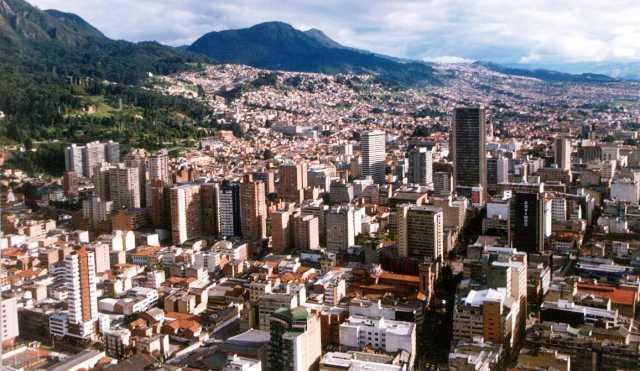Bogotá, Bogotá DC, Colombia
Suggest Place to Visit
4083
Track to location with GPS |
 |
From 10,500 a. C., human groups inhabited the area with hunting and gathering activities. Since 3500 a. C., horticultural activities, pottery and the domestication of the curi by groups that still depended on hunting and gathering are already recorded. In 500 a. C., the cultivation of corn and potatoes was already very widespread. Around the year 800 of the current era, the Muiscas (the most important indigenous people of the Chibcha family) inhabited the area, as a result of a migration of Chibcha origin, from another territory (probably from Central America), which had mixed with the previous population.
The Muisca culture lacked writing, therefore, the chroniclers reconstructed the aboriginal history collecting the facts through oral accounts that go back to the year 1470, when the Zipa Saguanmachica ruled Bogotá. At the top of the scale of the Muisca social organization was the absolute monarch (Zipa), followed by the religious stratum of the sheiks and mohanes. Then there were the warriors or güechas, followed by the artisans, merchants, peasants, etc.
It is believed that the Muiscas were able to practice human sacrifices of young virgins captured in war or bought from other tribes. However, there is no solid or verifiable evidence of this. They also created a highly precise calendar and a complex legal structure, known as the "Nemequene Code." On the other hand, the Muisca buildings were built with perishable materials that prevented them from standing after the arrival of the European conquerors.
After arriving with more than 500 men on his expedition from Santa Marta and ending with only 70 and after having defeated the Muiscas and conquered the Sabana de Bogotá, Gonzalo Jiménez de Quesada became the ´´de facto foundation´´ of the city. The ceremony took place on August 6, 1538, with the construction of twelve huts and a chapel at the site called Thybzaca (today Teusaquillo). It is presumed that the event occurred in the current Plazoleta del Chorro de Quevedo, although there are no documents to confirm it. On April 22, 1539, Jiménez de Quesada also made the "legal foundation" of Santafé in the company of Nicolás Federmann and Sebastián de Belalcázar. Initially called Our Lady of Hope, the legal foundation changed its name to Santafé.
The royal decree of Emperor Carlos I elevated Santafé to the category of city on July 27, 1540. The Cabildo de Santafé had already been established in 1539, and in 1548 the emperor granted it the title of very noble, very loyal and the oldest city in the New Kingdom, and as a coat of arms a shield bearing a black eagle in a field of gold, with an open grenade in each claw, edged with some branches of gold in a blue field.
Since Jiménez called, in 1538, all the territories that surrounded Santafé as the New Kingdom of Granada, Santafé was throughout the colonial period the seat of government of the Audience of the New Kingdom of Granada (created in 1550) and its capital. , dependent on the Viceroyalty of Peru. As of 1717, the city was the capital of the Viceroyalty of New Granada, welcoming the viceroys, after having disputed the viceregal seat in Cartagena de Indias. In 1783, the viceroy created a scientific commission, led by José Celestino Mutis, which began its investigations in the hills of Santafé, the first steps in what would later become known as the Botanical Expedition. Alexander Von Humboldt visited Bogotá at the beginning of the 19th century, attracted by its cultural and scientific institutions, which included the first astronomical observatory in America, which had been promoted by Mutis.
Some of the most influential Creoles of the Viceroyalty lived in the city (heroes of the stature of Policarpa Salavarrieta and Antonio Nariño), so it was largely there where the independence movement was created in which the events known as the event of ´´El Florero de Llorente´´, when the brothers Francisco and Antonio Morales entered to borrow, to decorate a dinner with a royal official from Spain, a vase for the Spanish merchant José González Llorente, who had a warehouse in the northeastern corner of what is now called Plaza de Bolívar, being rejected in a bad way by it, which was taken as an excuse to provoke a brawl that ended in riots among the population. This fact marks the beginning of the struggles and the Cry of Independence. Although the territory was reconquered by the Spanish in 1816, finally in 1819 definitive independence was obtained.
Bogotá is the capital city of Colombia and the main center of the Capital District, divided into 20 locations. In addition, it is the capital of the department of Cundinamarca. It is located in the center of the country in the area known as Sabana de Bogotá which, in turn, is part of the Cundiboyacense Altiplano, a plateau located in the Eastern Cordillera, a branch of the Andes Mountains. Its population is 6,776,009 inhabitants, while its metropolitan area (not officially established, but de facto existing) has 7,881,156 people. It reaches to occupy more than 33 km from south to north, and 16 from east to west, giving it a great density in its territory. As capital, it houses the highest-ranking bodies of the executive branch (Casa de Nariño), legislative (National Congress) and judicial (Supreme Court of Justice, Constitutional Court and Council of State). In the economic plane it stands out as an important economic and industrial center.
The capital city is located in the Sabana de Bogotá, on the Cundiboyacense high plateau (Eastern Cordillera of the Andes), at an altitude of about 2630 masl. It has a total area of 1776 km² and an urban area of 307 km². Territory where the city sits was formerly a lake. This is evidenced by the wetlands that cover some non-urbanized sectors of the Sabana and in the town of Suba. At the arrival of the first conquerors this territory was covered with swamps.
Bogotá limits to the south with the Departments of Meta and Huila, to the north with the municipality of Chía, to the west with the Bogotá River and the municipalities of Arbeláez, Cabrera, Cota, Funza, Mosquera, Pasca, San Bernardo, Sibaté, Soacha and Venice. Through the East it reaches the eastern hills and the municipalities of La Calera, Chipaque, Choachí, Gutiérrez, Ubaque, Une. It is delimited by a mountainous system in which the hills of Monserrate (3152 meters above sea level) and Guadalupe (3250 meters above sea level) to the east of the city stand out. It is connected to the Monserrate hill through the cable car and funicular transport services.
Its longest river is the Bogotá River, which has had high levels of contamination for several decades, and therefore the city government has led several decontamination projects. Other important rivers in the city are the Tunjuelo river, which runs through the south of the city, the Fucha river, the Juan Amarillo river (Salitre), which flow into the Bogotá river.
The area where the city is located, which corresponds to the South American tectonic plate, presents an important seismic activity, which is evidenced by the earthquakes it has suffered during its history, registered in 1785, 1827, 1917 and 1948. These last two , added to several fires, destroyed much of the colonial zone of the old Santafé.
In addition, although they still continue to be municipalities belonging to the Department of Cundinamarca, the populations of Soacha, Zipaquirá, Facatativá, Chía, Mosquera, Madrid, Funza, Cajicá, Sibaté, Tocancipá, La Calera, Sopó, Tabio, Tenjo, Gachancipá and Bojacá make up the Area Metropolitan of Bogotá, recognized by the last national census carried out by DANE in 2005.
They are also integrated, conurbados to its territory (that is to say without tolls), Soacha and Sibaté until the arrival at the waterfalls of Salto de Tequendama and the Santa Cruz zoo in the Chusacá toll case of the southern part. In the northern part until the Puente del Común on the border with Chía. In the west until the Siberia toll absorbing the La Florida Metropolitan Park and part of Cota. In the east is La Calera.
Weather
The city has a cold mountain climate due to the altitude (mainly affected by cloud cover), which ranges between 7 and 18 ° C, with an annual average temperature of 13 ° C (similar to the climate of the northern spring).
The rainiest seasons of the year are between April and May, and between September and November, reaching 114 mm / month. In contrast, the driest seasons of the year occur between December and February, and between July and August, in which during the night and early morning there are strong frosts that affect agriculture; During these frosts, temperatures often drop below zero degrees Celsius. In January 2007, the temperature dropped to record figures, since in the city area it reached -10 ° C and in the neighboring municipalities -9 ° C.
The city is the most populated in the country, in addition to being the most important cultural and economic center in Colombia and one of the main in Latin America. The important cultural offer is represented in the large number of museums, theaters and libraries, some of them being the most important in the country. In addition, it is the seat of important festivals with a long history and national and international recognition. Academic activity also stands out, since some of the most important Colombian universities have their headquarters in the city. It is noteworthy that UNESCO awarded the city the title of World Book Capital for 2007.
Bogotá has been called ´´The South American Athens´´, a nickname that grew stronger in the late 19th and early 20th centuries. The city has a wide cultural offer that has increased considerably in recent decades. People from all over the country reside there, who have been contributing to the old typical cultural traditions of the city.
The Corferias Fair and Exhibition Center is the venue for cultural events. The International Book Fair of Bogotá, Expoartesanías, and ArtBo (International Art Fair of Bogotá) take place here. In addition, in 2008 corferias was an important center in the Ibero-American Theater Festival and headquarters of the Campus Party. The venue also hosts events of another nature such as the Bogotá International Fair (industry and commerce) that takes place during even-numbered years, and in 2009 it also hosted the MTV Awards for Latin America.
The Festivals to the Park are a set of nine events held throughout each year. Among these, the most renowned are: the Rock to the Park Festival (it receives more than 500,000 attendees in the three days of celebration), the Jazz to the Park Festival and the Salsa to the Park Festival, both held in the Simón Bolívar Metropolitan Park. This park also hosts the inauguration and the most important activities of the Summer Festival that is held in various parts of the capital during the month of August.
Other outstanding events are the Festival of chicha, life and happiness (Declared Event of Cultural Interest of Bogotá), the Carnival of Bogotá, which celebrates the city's birthday, and the European Film Festival, an annual film show. However, one of the most important cultural events in the capital is the Ibero-American Theater Festival that takes place every two years and is classified as one of the most prestigious in Latin America.
Comments
We don´t have yet any comments about:
Bogotá Distrito Capital (d.c.)
Bogotá Distrito Capital (d.c.)
Be the first to leave a comment as it is very important to inform other people
Outros locais a visitar
Within a radius of 20 km from:Bogotá Distrito Capital (d.c.)
Museo de Bogotá |
| 1,2 Km |
 |
Gold Museum |
| 1,8 Km |
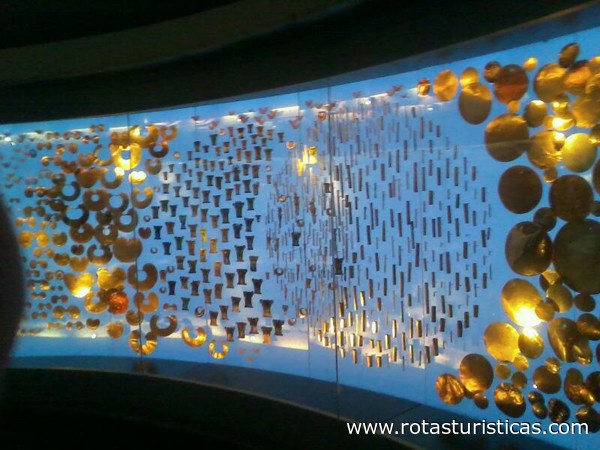 |
Museo del Oro |
| 1,8 Km |
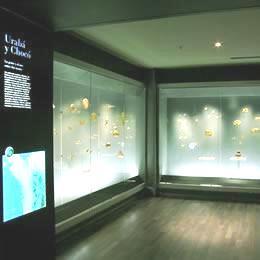 |
House museum Simon Bolivar |
| 2,5 Km |
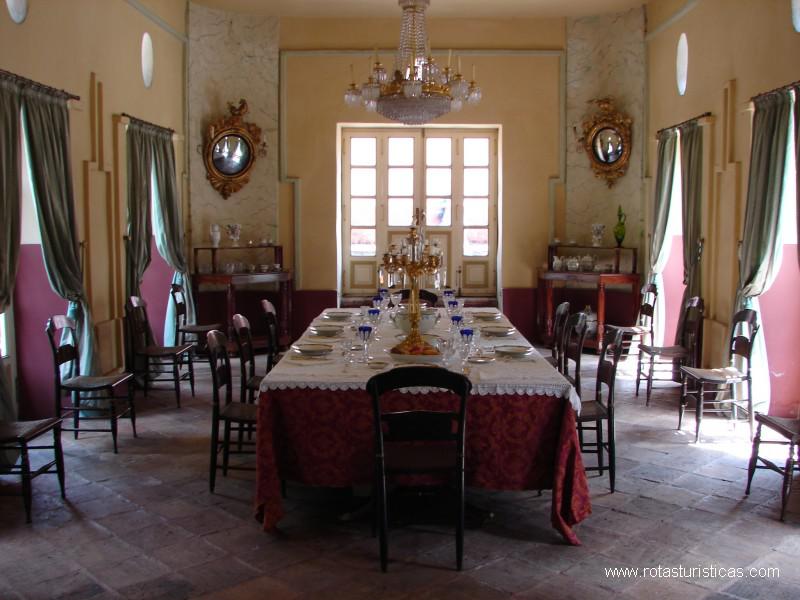 |
Planetario de Bogotá |
| 2,8 Km |
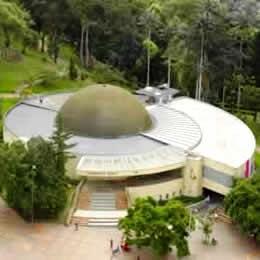 |
National Museum of Colombia |
| 3,2 Km |
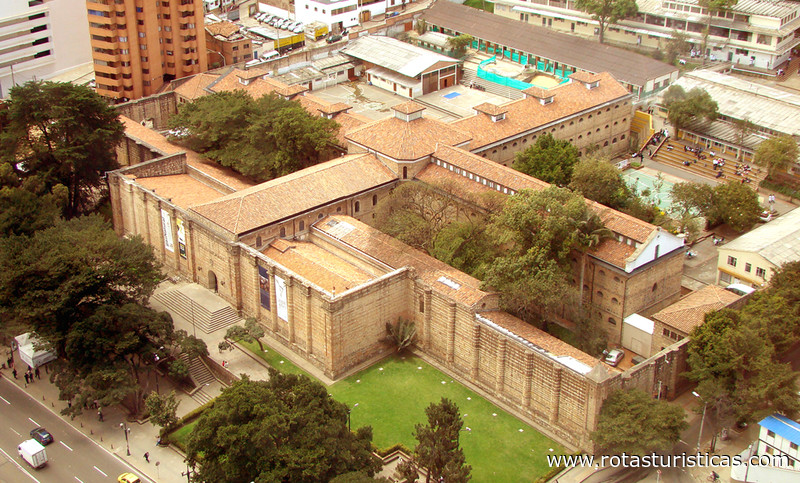 |
Montserrat Sanctuary |
| 3,4 Km |
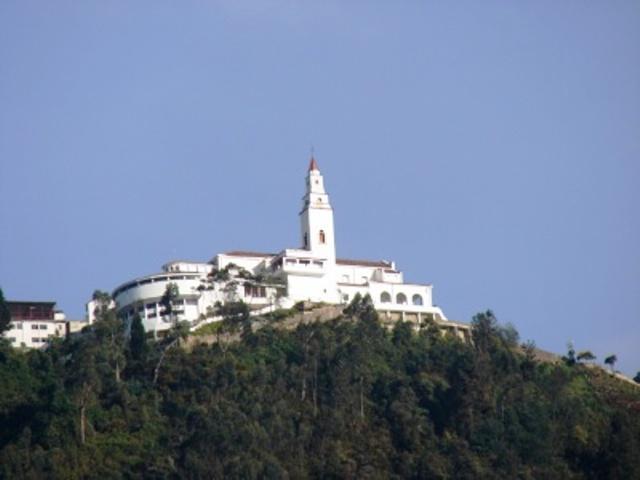 |
Parque Maloka |
| 7,7 Km |
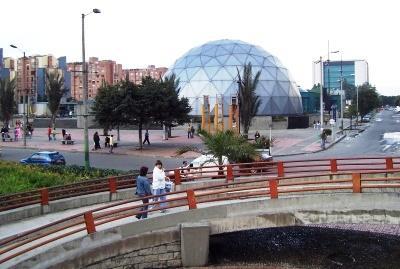 |
Park 93 |
| 10,4 Km |
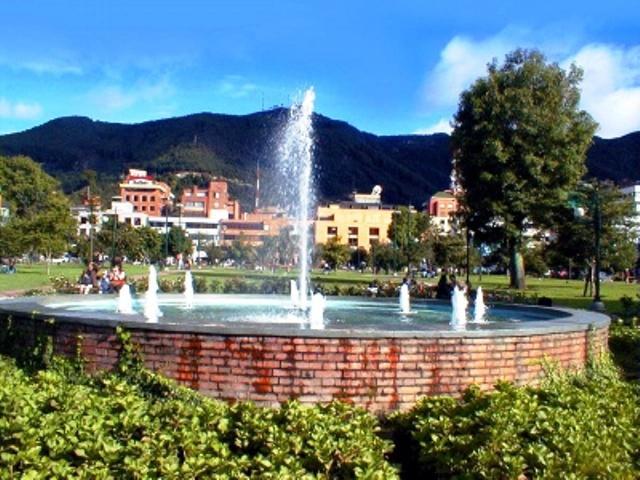 |
Soacha |
| 14,9 Km |
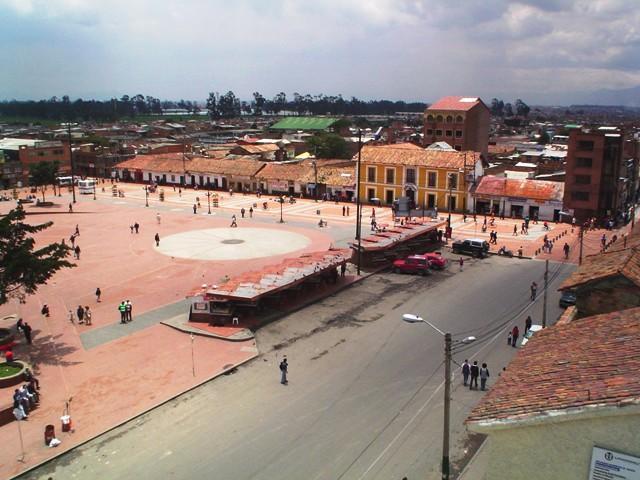 |
Usaquen |
| 17,7 Km |
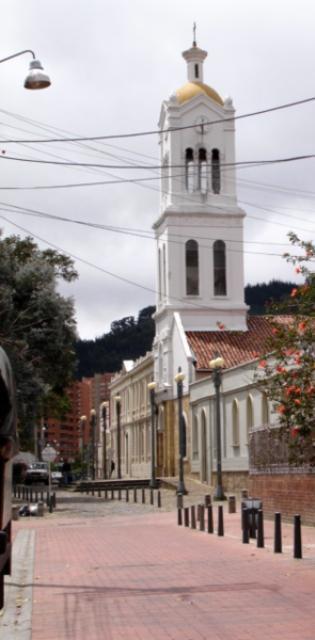 |
La Calera |
| 19,1 Km |
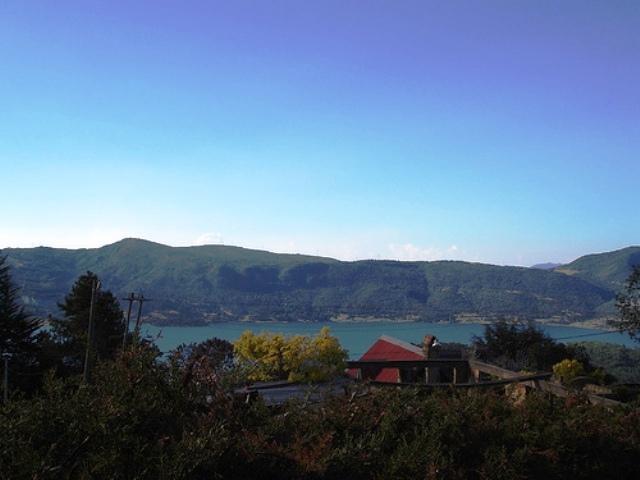 |
Hotel reservation near Bogotá Distrito Capital (d.c.) within a radius of 20 km
Why to book with ROTAS TURISTICAS
The best prices
Our partnerships with the world´s largest operators offer research on the best market prices.
More options
At Rotas Turisticos you can book the hotel, buy the air ticket, book the transfer from the airport to the hotel and vice versa, book the local excursions, rent the car, take travel insurance and consult the places to visit and where to go.
Holiday Tips & Destinations
Hundreds of holiday destinations with all the options that allow you to easily choose the destination that best suits your dream vacation.
ROTAS TURISTICAS
Links


